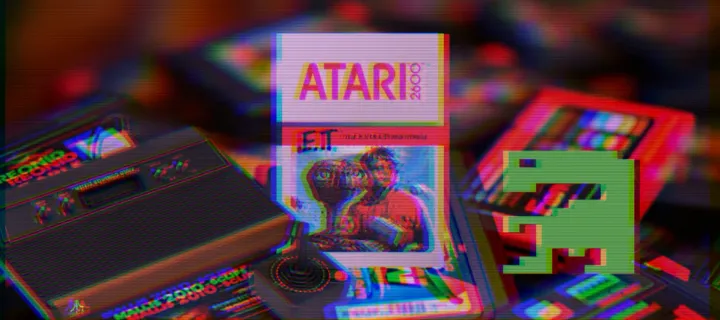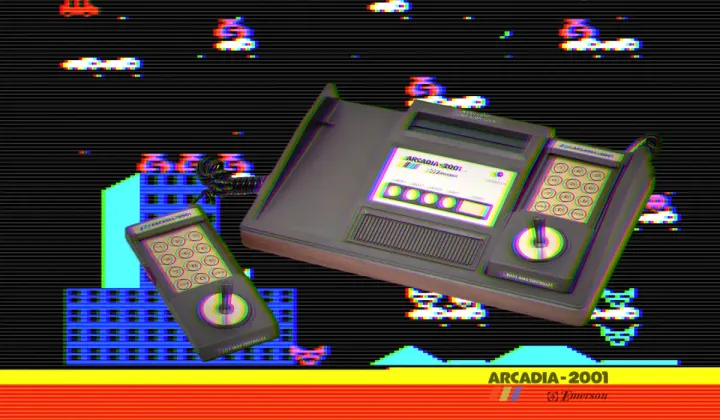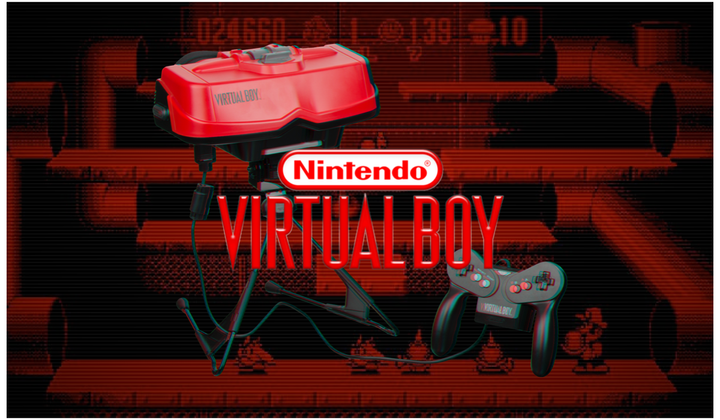The Discovery of "Fish": A Lost Cartridge from Atari's Vault
Deep in the digital archives of Atari's past, another piece of gaming history has emerged from the shadows.
Hidden away on an old Atari mainframe backup tape, a piece of gaming history waited patiently to be found. The year 2025 brought us "Fish," an unknown Atari 2600 game discovered in a programmer's personal folder. The location of this digital treasure adds an unusual wrinkle to its story - the game was found on Atari's Coin-Op division mainframe, not where the 2600 programmers typically stored their work.

The origins of "Fish" paint a fascinating picture of Atari's internal culture. According to Atari Age Forums and Atariprotos, Mike Albaugh, a Coin-Op programmer, might have created this 2600 game during his spare time, joining other arcade developers who ventured into home console programming. Another possibility suggests a fellow programmer shared the code with Mike for his feedback.
The game itself breathes that distinct early 80s Atari life. Players guide a hungry fish through progressively challenging waters, chomping everything in sight. The journey begins with simple worms worth 50 points, swimming back and forth across the screen. As players progress, the waters fill with new creatures - eggs that transform into enemy fish, power balls granting special abilities, and massive predators worth 1000 points for the brave souls willing to face them.

For a 4K game from 1983, "Fish" showcases remarkable polish. The main character moves with a distinctive motion, perfectly capturing underwater movement within the 2600's hardware limitations. The game even includes a pause feature via the Color/B&W switch, a feature just becoming standard at the time. According to atariprotos.com, players can tackle 99 waves of increasing difficulty, with the thoughtful addition of starting point options every five waves up to level 95.

The Technical Marvels of "Fish": A Deep Dive
Loading up "Fish" feels like stepping into an underwater arcade cabinet shrunk down to 2600 specifications. The game mechanics center around a beautifully simple concept - eat or be eaten. Your aquatic protagonist doesn't just move; it swims with personality, chugging through the digital waters in a way that captures the essence of those early 80s movement patterns we remember so well.
The scoring system reads like a menu from an underwater diner. Regular worms, your basic snack, net you 50 points. Leave them swimming too long, though, and they transform into eggs worth 100 points. These eggs will hatch into enemy fish if you don't gobble them up quick enough.
"Fish" Gameplay By: Into The Vertical Blank
Power balls, worth a tasty 350 points, transform your regular fish into something special. Eating one grants you the ability to shoot a magic bullet, and this is where the game's strategy deepens. Shoot a regular worm, and it grows into a giant worm worth double points. Hit an egg or enemy fish, and you summon a squid - a 450-point delicacy that transforms you into a temporarily larger fish.
The enemy fish mechanics showcase the thought put into this 4K wonder. These predators can turn the tables, attempting to eat you if you're not careful. The key to survival lies in careful positioning - you need to eat them before they eat you, all while avoiding their dangerous mouths. Successfully outmaneuvering and consuming one rewards you with 500 points. Their bigger cousins, the giant fish, move faster and hit harder, but taking one down nets you a whopping 1000 points.
Combat isn't automatic - you need to press the fire button to lunge and eat. Simply touching enemies passes right through them, adding a layer of precision to the underwater ballet. The power ball's magic bullet follows its own rules, dropping toward the bottom of the screen after traveling a short distance. It bounces off screen edges, requiring careful aim and positioning for maximum effect.
The game's progression spans 99 waves, each with its own challenges. Enemy movement patterns evolve from simple back-and-forth motions to complex wave patterns. While technically complete with its demo mode and pause feature, the 4K size suggests this might have been destined for expansion - most games of 1983 had grown to 8K or 16K.
The Community Preserves: Making "Fish" Complete
The retro gaming community never ceases to amaze with their dedication to preservation. Jamie, a passionate member of our collective gaming history, took the discovery of "Fish" one step further. Understanding that a game from 1983 needs more than just a ROM file to feel complete, he created a full package that transforms this prototype into something that feels like it swam straight out of Atari's golden age.

The package includes everything you'd expect to find if "Fish" had made it to store shelves back in '83. A carefully crafted label captures that distinct Atari aesthetic we all remember from our childhoods. The cover art, while created using modern AI tools (proving that even the retro scene can embrace new technology thoughtfully), manages to evoke those memories of standing in front of store shelves, studying every detail of a game box.
Most impressively, Jamie created a manual based on the documentation from atariprotos.com. Remember those days when manuals were more than just legal disclaimers? This PDF brings back that feeling, providing players with all the information needed to dive into the underwater world of "Fish." For those running emulation setups, he even included a video file perfect for frontend systems like Batocera, complete with XML snippets for easy integration.
This combination of historical discovery and community craftsmanship shows why the retro gaming scene remains vibrant in 2025. It's not just about preserving the code - it's about maintaining the complete experience of what made these games special. When a prototype emerges from Atari's past, the community doesn't just celebrate the find; they work together to give it the presentation it deserves.

The discovery of "Fish" represents another preserved piece of gaming history. This 4K cartridge contains a complete experience - featuring sound, music, a demo mode, and varied gameplay mechanics. While we might never know if it was destined for commercial release, this small window into 1983 game development reminds us of the creativity that thrived within the tight memory constraints of early game cartridges.
Sources: atariprotos.com, https://intotheverticalblank.com/, https://curmi.com,https://forums.atariage.com




